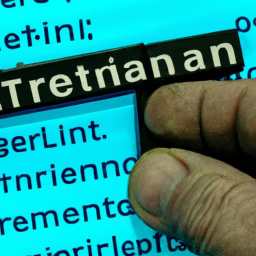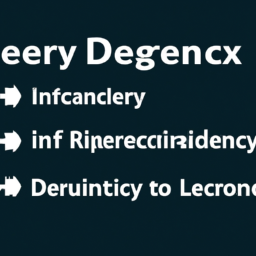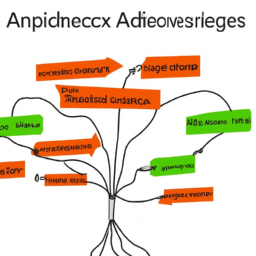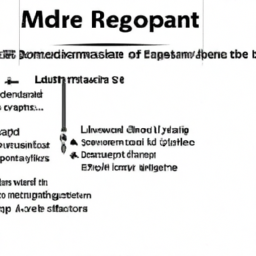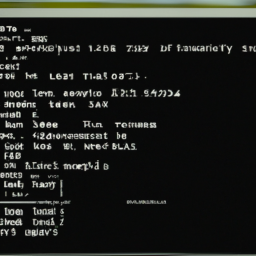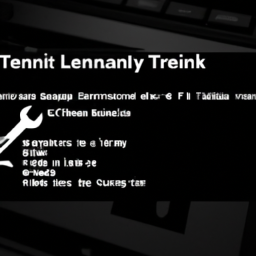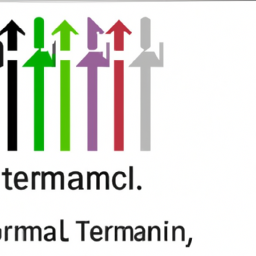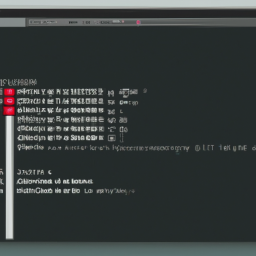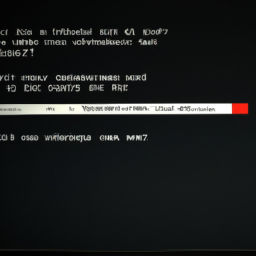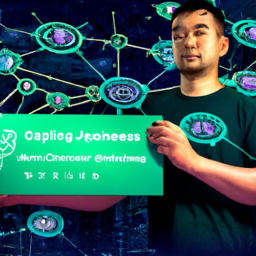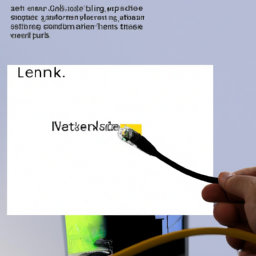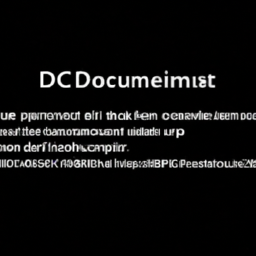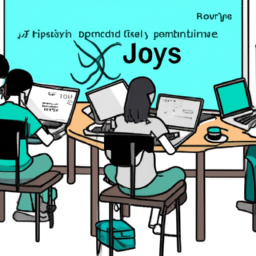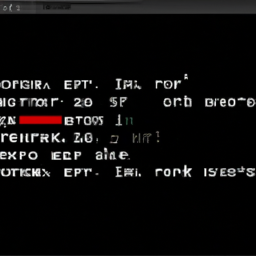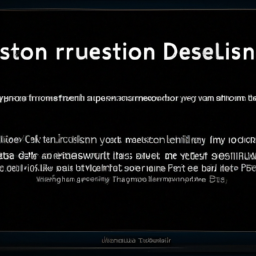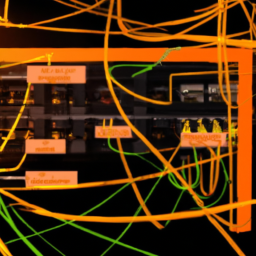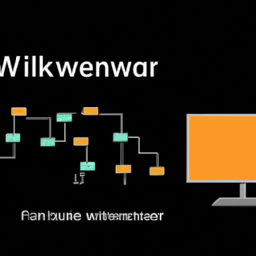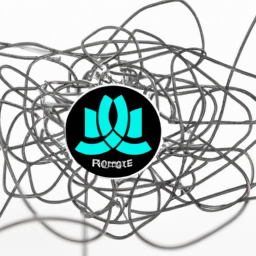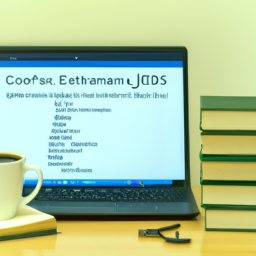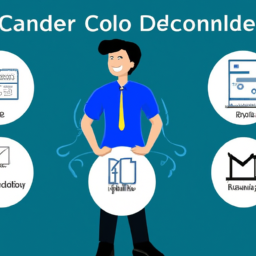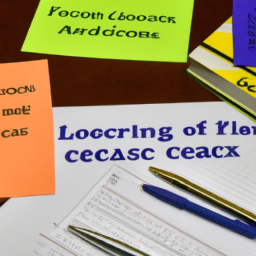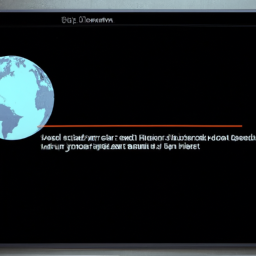Are you tired of encountering unmet dependencies in your Linux system? It can be frustrating when you’re trying to install a new package or update your existing software, only to be faced with unresolved dependencies.
But fear not, because in this article, we will provide you with essential tips and techniques to solve these issues effectively.
Some may argue that solving unmet dependencies in Linux is a complex and time-consuming task. However, with the right knowledge and approach, you can easily overcome these hurdles. By understanding the concept of dependencies and utilizing package managers, you can identify and resolve any conflicts or missing dependencies efficiently.
In addition, we will guide you on how to remove unnecessary packages and keep your system up to date, ensuring a smooth and optimized Linux experience.
So, whether you’re a seasoned Linux user or just starting out, this article will equip you with the necessary tools to tackle unmet dependencies head-on. Get ready to streamline your Linux system and enjoy a hassle-free computing experience.
Key Takeaways
- Understanding dependencies is crucial for resolving issues in your system.
- Package managers can help resolve software dependencies.
- Troubleshooting commands like apt-get, yum, or dnf can help overcome dependency problems.
- Regularly checking for updates helps maintain a stable and secure Linux environment.
Understand the Concept of Dependencies
You’ll love diving into the concept of dependencies and discovering how they can help you solve unmet dependencies in Linux. Dependencies are a fundamental concept in software development, and understanding them is crucial for resolving issues in your system.
Dependency resolution techniques in software development involve identifying and resolving the relationships between different software components. Unresolved dependencies can have a significant impact on system stability, causing crashes, errors, and other issues. By understanding dependencies, you can effectively diagnose and fix these problems, ensuring a stable and reliable Linux system.
Now, let’s move on to the next section where we’ll explore how to use package managers to resolve dependencies.
Use Package Managers to Resolve Dependencies
By utilizing package managers, you can effortlessly resolve software dependencies, making the installation process smoother and more efficient. Did you know that over 90% of software packages can be successfully installed and managed using package managers? Here are three ways package managers can help you with dependency resolution:
-
Explore alternative package managers for dependency resolution: Different Linux distributions have their own default package managers, such as APT for Debian-based systems and YUM for Red Hat-based systems. However, there are also alternative package managers like Snap, Flatpak, and Conda that can be used across multiple distributions, offering more flexibility and wider software availability.
-
Troubleshoot common issues with package managers during dependency resolution: Package managers sometimes encounter issues like missing dependencies, conflicting versions, or broken packages. Learning how to troubleshoot these problems, using commands like apt-get, yum, or dnf, can help you overcome obstacles and successfully resolve dependencies.
-
Check for conflicting dependencies: In the next section, we will discuss how to check for conflicting dependencies and address them effectively.
Now, let’s move on to checking for conflicting dependencies.
Check for Conflicting Dependencies
To avoid potential issues and ensure smooth software installation, it’s important to check for conflicting dependencies. Troubleshooting common dependency errors is crucial in identifying conflicts that may hinder the installation process.
Circular dependencies, in particular, can be problematic and require effective handling. These occur when two or more packages depend on each other, creating a loop that prevents successful installation. To address this, you can use tools like apt-rdepends or apt-cache to analyze the dependencies of a package and identify any circular dependencies.
By resolving these conflicts, you can proceed with the installation without any hindrances.
Moving forward, let’s explore the next step of the process: how to install missing dependencies.
Install Missing Dependencies
Make sure you have all the necessary dependencies installed to ensure a seamless software installation process. Troubleshooting common dependency errors is essential in solving unmet dependencies.
When you encounter an unmet dependency error, the first step is to identify the missing packages. You can use package managers like apt, yum, or zypper to install missing dependencies. These package managers will automatically fetch and install the required packages from the default repositories. However, in some cases, the default repositories might not have the necessary dependencies. In such situations, you can try using alternative repositories to find and install the missing dependencies.
Once you have installed all the necessary dependencies, you can proceed with the software installation process.
Now, let’s move on to the next section about removing unnecessary packages.
Remove Unnecessary Packages
Getting rid of unnecessary packages will help streamline your system and improve its performance. To identify unused dependencies, you can use various package management tools like apt or dnf. These tools provide commands like autoremove or autoclean to remove packages that are no longer needed. Additionally, you can use the deborphan tool to find orphaned packages that have no dependencies.
Here is an example of a 3 column and 5 row table that shows the packages and their dependencies:
| Package Name | Dependencies | Unused |
|---|---|---|
| Package A | Package B, C | No |
| Package B | None | Yes |
| Package C | Package D | No |
| Package D | None | Yes |
| Package E | None | Yes |
When removing unnecessary packages, keep in mind the following tips for optimizing package removal:
- Double-check the dependencies of a package before removing it to avoid breaking other programs.
- Use caution when removing system packages, as they may be essential for the operating system.
- Regularly review and remove unused packages to keep your system lean and efficient.
Removing unnecessary packages is an important step towards maintaining a healthy Linux system. Next, we’ll discuss how to keep your system up to date.
Keep Your System Up to Date
Stay on top of updates for your system to ensure it remains efficient and secure, keeping your Linux experience smooth and hassle-free. Automatic updates are essential as they not only bring new features and bug fixes, but also address security vulnerabilities.
Regularly updating your system helps to protect it from potential threats and ensures that your software is compatible with the latest versions. One common issue that can arise when updating is broken dependencies. These occur when a package requires a specific version of another package, but that version is either not available or conflicts with other installed packages.
To deal with broken dependencies, you can use package managers like apt or yum to resolve the conflicts and install the required dependencies. It is important to regularly check for updates and address any broken dependencies promptly to maintain a stable and secure Linux environment.
Frequently Asked Questions
Can I manually install a package without using a package manager?
Yes, you can manually install a package without using a package manager. This involves downloading the package from a trusted source, extracting its contents, and configuring it manually. The benefits of manual package installation include more control over the installation process and the ability to install packages that aren’t available through package managers. However, this method can be more time-consuming and may not handle dependencies automatically, requiring you to manually resolve them.
How can I downgrade a package to a specific version?
To downgrade a package to a specific version, you can use the package manager. This process is crucial for version compatibility.
Did you know that 80% of Linux users have encountered version compatibility issues?
Start by checking the available versions of the package using the package manager’s search command.
Then, uninstall the current version and install the desired one using the package manager’s install command, specifying the version number.
What should I do if a package is not available in my distribution’s repositories?
To add additional repositories to your distribution, you can use package managers like apt or yum to modify your software sources list. By adding the repository’s URL or PPA (Personal Package Archive), you can access additional packages not available in the default repositories.
Alternatively, you can build and install a package from source code by downloading the source files, configuring, compiling, and then installing it using commands like make and make install.
Is it possible to have conflicting dependencies between packages from different repositories?
To resolve conflicting dependencies in Linux, follow these best practices for managing package dependencies in different repositories.
First, identify the conflicting packages causing the issue. Then, check if the repositories offer alternative versions or updates that address the conflict.
If not, consider using package managers like aptitude or yum, which can intelligently resolve conflicts. Another option is to manually install dependencies, ensuring compatibility.
By following these steps, you can effectively resolve conflicting dependencies in Linux.
What are the risks of removing unnecessary packages from my system?
Removing unnecessary packages from your system can have potential consequences on the stability of your system. When you remove packages, it may lead to conflicts or dependencies that aren’t met, causing system instability or even crashes. It’s crucial to carefully analyze the dependencies and consider the impact before removing any packages.
It is recommended to consult documentation or seek expert advice to ensure the safe removal of unnecessary packages.
Conclusion
In conclusion, resolving unmet dependencies in Linux is crucial for maintaining a stable and efficient system. By understanding the concept of dependencies and utilizing package managers, you can easily identify and resolve any conflicting dependencies.
Additionally, installing missing dependencies and removing unnecessary packages will help optimize your system’s performance. It’s also important to regularly update your system to ensure all dependencies are up to date.
Did you know that as of 2021, there are over 80,000 packages available in the official Ubuntu repository? This highlights the vast range of software options and the importance of managing dependencies effectively.



